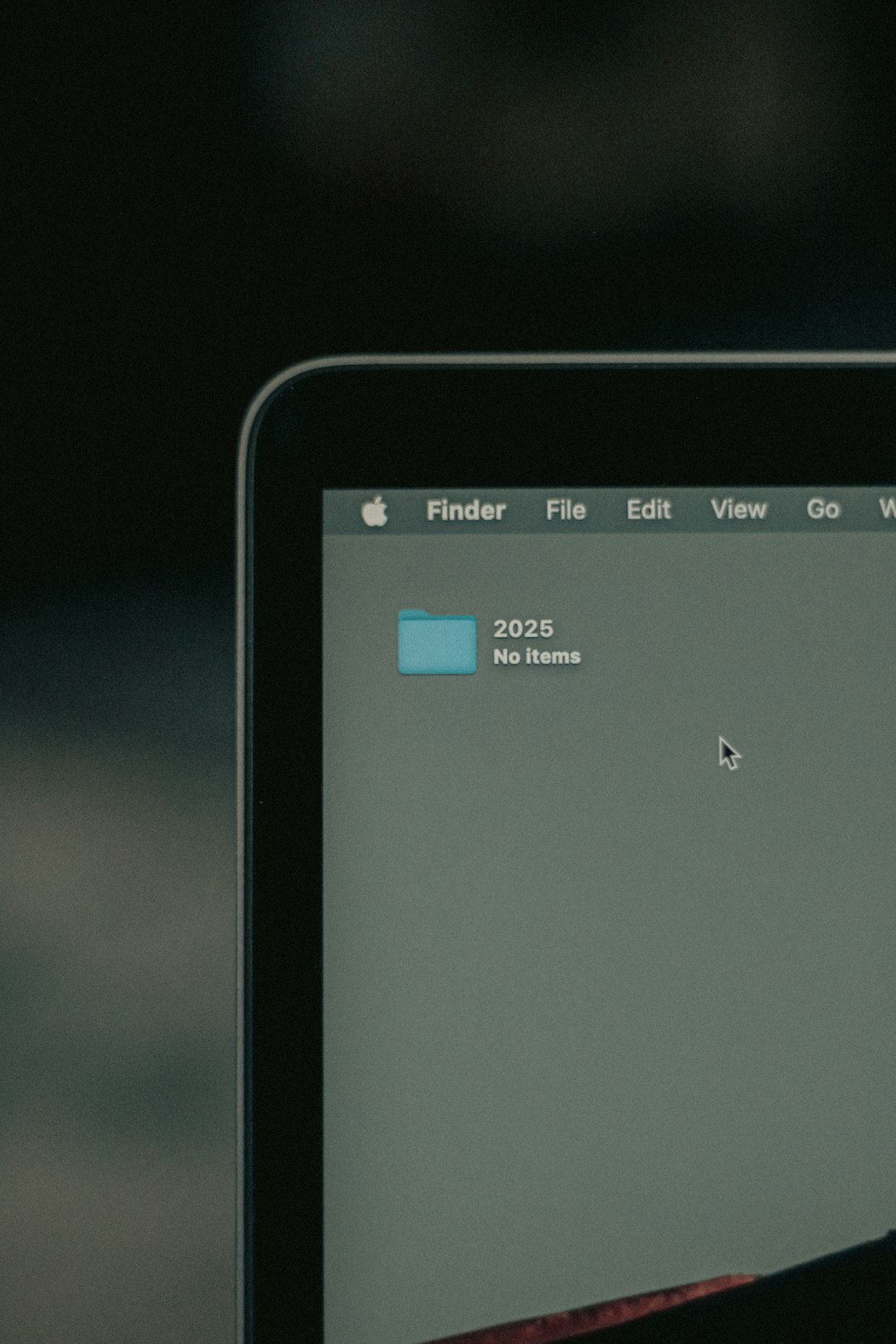In our increasingly digital workspaces, the need for effective multitasking and window management is greater than ever. Virtual desktops have emerged as a powerful solution, allowing users to create separate work environments on the same machine. While Microsoft provides a built-in virtual desktop feature through Windows, third-party solutions like vDesktop by NHSoft promise enhanced customization and performance. This article explores the differences between vDesktop NHSoft and the Windows Built-in Virtual Desktops, offering insights for users who want to optimize their workflow.
What Are Virtual Desktops?
Virtual desktops are essentially separate desktops within the same operating system environment. They allow users to organize their open applications, documents, and windows into different contexts — for instance, one desktop for work, another for entertainment, and another for communication.

Windows introduced its built-in virtual desktop feature with Windows 10 and continued to refine it in Windows 11. Meanwhile, NHSoft’s vDesktop offers an alternative for those who want more control, flexibility, and features.
Windows Built-in Virtual Desktops
Microsoft’s implementation is simple and intuitive. With a few keystrokes or clicks, you can create new desktops, switch between them, and drag open applications from one desktop to another.
Strengths:
- Integrated Experience: Seamlessly works within the Windows environment.
- Keyboard Shortcuts: Easily switch desktops with Ctrl + Win + Left/Right Arrow.
- Task View Interface: Provides a visual overview of all desktops and open windows.
- No Installation Required: Available out of the box with no additional software needed.
Limitations:
- Basic Features: Lacks advanced customization options.
- No Desktop Naming Pre-Windows 11: Naming desktops was not possible before Windows 11.
- Limited Automation: No built-in automation or scripting features for power users.
vDesktop by NHSoft
vDesktop NHSoft is a lightweight virtual desktop manager specifically built for users who want an alternative to the basic functionality offered by Windows. It brings to the table several enhancements designed to improve productivity and organization.
Key Features:
- Customizable Layouts: Allows grouping of applications and even assigning specific windows or shortcuts to auto-launch on specific desktops.
- Persistent Desktops: Unlike Windows’ approach, vDesktop can preserve settings and open windows between reboots, depending on configuration.
- Lightweight Resource Usage: Designed to be minimalistic and non-invasive on system resources.
- Hotkeys and Macros: Supports user-defined hotkeys and automation scripts for power users.

Limitations:
- Not Built-in: Requires downloading and installing separately.
- Learning Curve: Takes some time to fully configure and optimize.
- Compatibility: Some features may conflict with other system settings or security policies.
Who Should Use What?
The choice between Windows Built-in Virtual Desktops and vDesktop NHSoft depends largely on your specific needs and your level of technical comfort.
Windows Built-in is fantastic for users who prefer a quick and straightforward way to create multiple desktops without diving too deep into customization. It’s best for casual users, students, and professionals with basic multitasking needs.
vDesktop NHSoft, by contrast, is ideal for multitasking enthusiasts, programmers, designers, and anyone who wants deep customization, better management of persistent work states, and more productivity-enhancing features. It’s also a great option for older Windows systems that lack the more modern virtual desktop features found in Windows 11.

Final Thoughts
Virtual desktops are more than just a tool; they are a new way to think about digital organization. Whether you’re using the built-in solution from Microsoft or diving into the advanced features of vDesktop NHSoft, you’re tapping into a smarter way to work. The key is to choose the platform that matches your workflow, preferences, and level of expertise.
While both tools cover the same basic function — organizing your workspace — the experience they provide can be quite different. If you’re curious, experimenting with both can be an enlightening way to discover what best suits your digital lifestyle.


